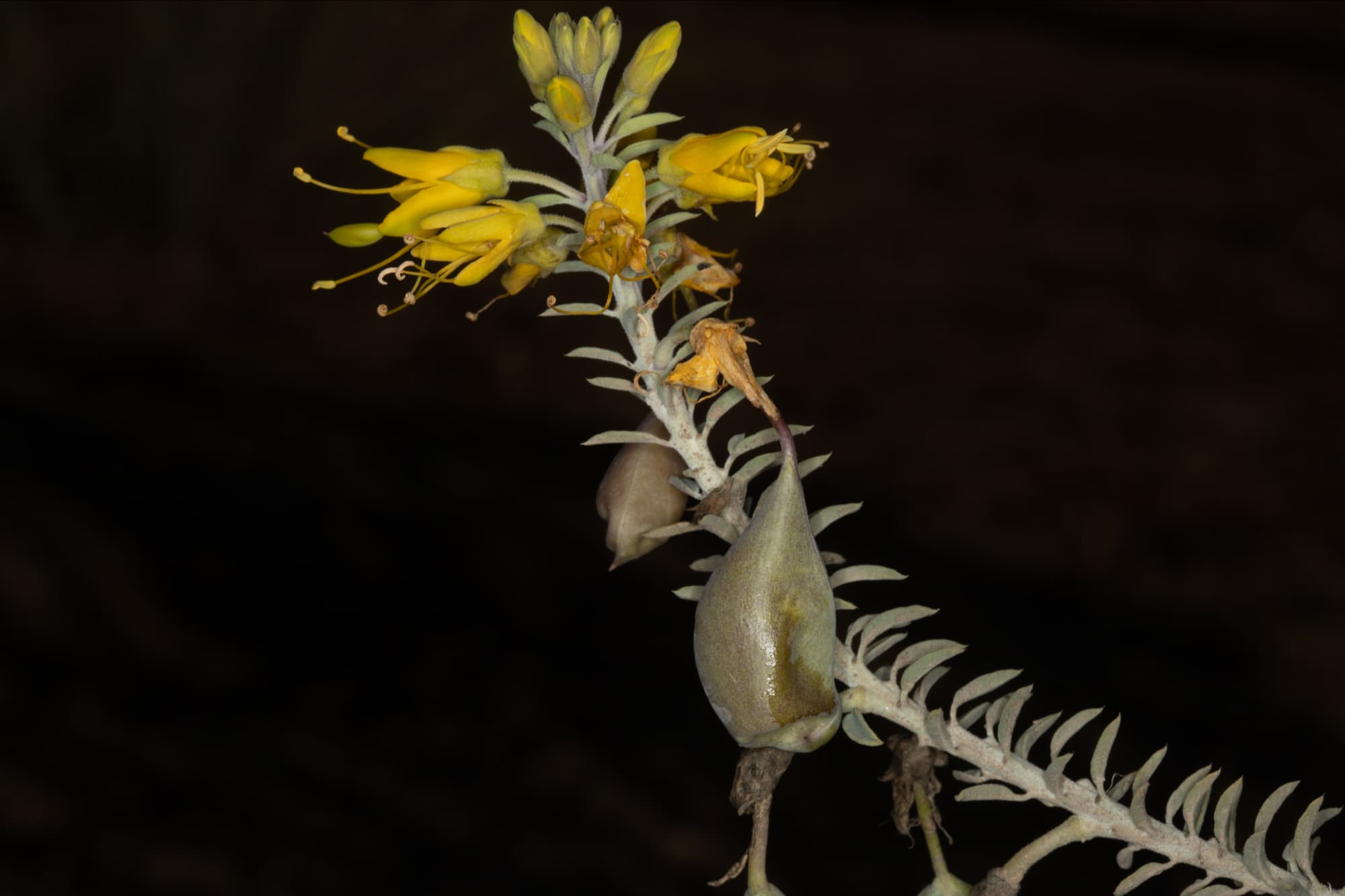08 Oct Could certainly Search engines like google discover a plant from a picture Plant identification.biz
When it blooms, oleander has really showy, funnel-shaped flowers which is why it usually is planted on roadsides. The flowers expand in single or pairs and are vibrant in shade (white, yellow, pink, or purple). You won’t be able to pass up them when they are in bloom.
All parts of the plant are hugely toxic and need to not be ingested. Oleander is identified in the southern states and the west coastline. White Hellebore: White Hellebore was made use of traditionally as a poison in ancient Greece and Rome.
- The Various Multiple Herbs that you may Recognize which has an App
- Quickly Specify Plants and flowers through an Mobile app: Strategies for using
- A flower bouquet segments indistinguishable
- Shapes and sizes plus edges
- What When You Look Out For?
- Wildflowers by having reverse or whorled renders
Hellebore has a cup-shaped flower with egg-formed leaves that are toothed and end in a stage. All pieces of the plant are toxic if ingested and the seeds and sap can cause unpleasant chemical burns on the skin. It is identified natively in Europe and Asia, but generally is planted in house gardens in North America due to the fact of its showy bouquets. Though not connected, American White Hellebore, also named Indian Poke or itchweed, was used by Indigenous Individuals as a drugs.
See The Environment
They are reduced to the floor, escalating two to 3 feet significant and are identified in swamps and moist wooded areas. When blooming, the yellow-eco-friendly flowers expand in clusters at the conclusion of every department. You can obtain Hellebore all the way from http://www.plantidentification.biz/ Georgia to Maine and westward to Wisconsin.
It also is located in Oregon, Washington, and Alaska. Death Camas: Early settlers in the west discovered the tricky way about loss of life camas. Believing they have been consuming onion or the edible Camas plant, pioneers were being amazed when they turned deathly ill from their meal. Death camas has white, star-like bouquets clustered at the conclusion of a spike-like stem. The flowers have a eco-friendly heart-formed composition on each of its 6 petals. Death camas has prolonged, grass-like leaves.
It resembles an onion plant and even grows from a bulb like an onion. Loss of life camas is indigenous in western North The united states and is uncovered in mountain meadows, often up coming to the edible blue camas.
Some versions of the demise camas also can be noticed expanding on rocky slopes. What to Do If you Make contact with a Poisonous Plant. 1. Wash: If you speak to a toxic plant, you need to promptly commence washing the skin that arrived in make contact with with the plant. Come across a water source or use your water to rinse the spot for at minimum five minutes if attainable. Use rubbing liquor or detergent if you have them together with the h2o. 2.
Keep track of: Just after cleaning the region, watch for symptoms of poisoning such as a crimson rash, patches of blisters, itching, and inflammation. If these signs and symptoms show up, use a soaked compress, calamine lotion, or hydrocortisone product on unbroken skin to reduce itching. An oral antihistamine this sort of as diphenhydramine (Benadryl) also can be made use of to minimize itching, although it may possibly make you drowsy. 3. Request assist: If you’re however enduring symptoms, search for fast help. Simply call the 24/seven Poison Enable line at (800) 222-1222, seek advice from poisonhelp. org or head to the closest emergency health care heart close to you.

Hikers also need to have a list of unexpected emergency contacts on their cell phone or in their backpack. Affiliate disclosure: We purpose to offer genuine info to our viewers. We do not do sponsored or compensated posts. In exchange for referring gross sales, we might receive a little commission as a result of affiliate links. This write-up might consist of affiliate one-way links. This will come at no added price to you. New marine plant >Smithsonian Tropical Analysis Institute. Credit: Dianne Littler. Marine Crops of Pacific Panama is a new, on the web identification manual to much more than a hundred and twenty maritime algae.
Produced by Smithsonian maritime biologists Diane and Mark Littler in conjunction with the bioinformatics office at the Smithsonian Tropical Study Institute, the manual is created to make it uncomplicated for non-experts to precisely recognize seaweed species all-around Panama´s offshore islands from Las Perlas in the Bay of Panama to the Gulf of Chiriqui.




No Comments